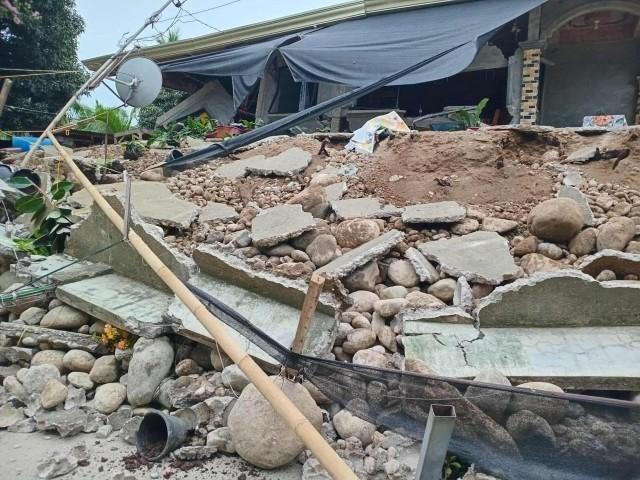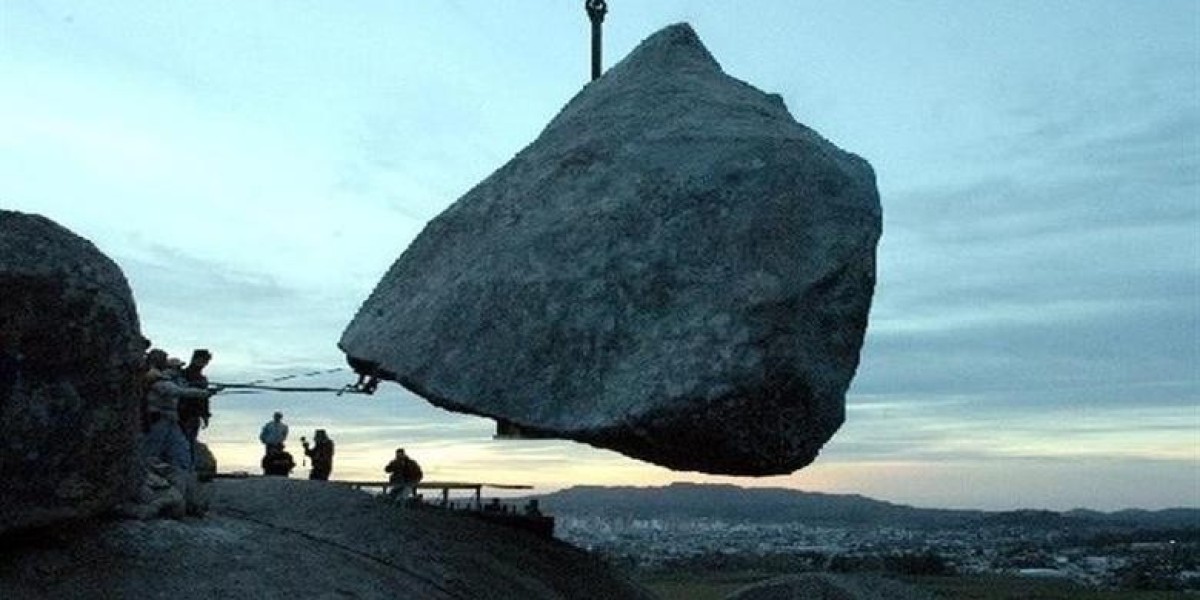article image source: newsinfo.inquirer.net (link)
As communities across the southern Philippines began their Friday morning routines, a powerful tremor shattered the calm — a 7.4 magnitude earthquake struck off the coast of Davao Oriental, sending shockwaves of fear, urgency, and prayer throughout the region.
advertisement
Our first thoughts go to everyone affected by this disaster — may those in harm’s way find safety, and may the strength of community carry them through the days ahead.
Powerful 7.4 Magnitude Earthquake Strikes Mindanao | Tsunami Alert Issued | Philippines Earthquake
A Sudden Awakening
The earthquake hit at 9:43 a.m. local time, its epicenter located in the waters east of Manay town in Davao Oriental province. Buildings swayed violently, power lines quivered, and frightened residents rushed into the streets, some barefoot and still clutching their morning belongings.
“I was driving when the ground started to move. Power lines swung like ropes, and people ran out of their homes screaming,” recalled Jun Saavedra, a disaster officer in Davao Oriental. “We’ve felt quakes before — but nothing like this.”
The Philippine Institute of Volcanology and Seismology (Phivolcs) reported that the tremor originated at a depth of 23 kilometers (14 miles), caused by movement along the Philippine Trench. Initial readings placed the quake at magnitude 7.6 before being revised to 7.4. Within minutes, tsunami alerts were issued across several coastal provinces.
Students at the Davao de Oro State College gathered in an open area after the strong earthquake that was felt across Mindanao and Western Visayas. PHOTO COURTESY OF AFP - omage source: newsinfo.inquirer.net
Panic and Evacuations
Authorities urged residents in coastal areas of Mindanao and nearby islands to move inland or to higher ground. In Davao City, patients from a hospital were wheeled into the open air, some treated in parking lots as aftershocks continued. Teachers and students evacuated classrooms, while others shielded their heads with chairs and books as debris fell.
Photographs shared by local media showed residents huddled on roadsides and beaches, clutching small bags of belongings as they awaited news.
“I’m still dizzy and scared,” said local disaster worker Richie Diuyen from Manay. “It felt endless — the ground wouldn’t stop moving.”
Phivolcs initially put the magnitude at 7.6. - image source: .inquirer.net
Lives Lost and Homes Damaged
At least two people were confirmed dead in Davao Oriental after their homes collapsed. Provincial Governor Nelson Dayanghirang said around 250 patients were safely moved from a damaged hospital to temporary shelters. Dozens of schools and buildings sustained cracks, and power was disrupted across several towns.
In Gov. Generoso town, about 100 kilometers south of the epicenter, 50 students were treated for minor injuries after panicking and fainting during the quake. “We’re used to storms,” one teacher said, “but an earthquake like this shakes not just the ground — it shakes your heart.”
A Tsunami Threat That Passed
The Pacific Tsunami Warning Center initially warned of possible waves reaching three meters above normal tide levels along parts of the Philippine coast and up to one meter in Indonesia and Palau.
Small tsunami waves — between 3.5 and 17 centimeters — were later recorded in Indonesia’s North Sulawesi province, while the Philippines observed only minor sea fluctuations. Two hours after the quake, the tsunami alert was lifted, and evacuees were cautiously allowed to return home.
“We thank God the waves didn’t rise higher,” said a resident of Tandag, one of the coastal towns where residents fled inland.
COURTESY: Bureau of Fire Protection Region 11 - image source: gmanews.tv
Rescue Efforts and Ongoing Risks
President Ferdinand Marcos Jr. said emergency teams were being deployed as soon as safety could be ensured. “We are working round the clock to make sure help reaches everyone in need,” he said in a televised statement.
The Office of Civil Defense confirmed damage to several structures, including Davao International Airport, though flights remained operational. Search and rescue operations continue in some remote areas where roads were left impassable.
Phivolcs has warned of continuing aftershocks, some already measured between magnitudes 2.6 and 4.9. Officials urged the public to remain alert and avoid staying in damaged buildings.
image source: gmanews.tv
Echoes of Past Disasters
This quake came barely two weeks after a deadly 6.9-magnitude earthquake struck the central province of Cebu, killing 74 people and displacing tens of thousands. Combined with recent typhoons and volcanic activity, the Philippines is once again reminded of its vulnerability as part of the Pacific “Ring of Fire” — a region known for frequent seismic activity.
“Filipinos are suffering from disaster fatigue,” said Phivolcs Director Dr. Teresito Bacolcol. “But instead of fear, we must turn to preparedness. Earthquakes, eruptions, and typhoons — they are part of our reality. We can’t stop them, but we can be ready.”
Regional Ripples
Across the sea, Indonesia’s meteorological agency detected minor tsunami activity near the Talaud Islands, prompting brief evacuations. Local officials there reported calm conditions by afternoon, though they reminded residents to stay cautious of aftershocks.
The United Nations and local aid agencies have expressed readiness to assist should Philippine authorities request support. Relief goods, tents, and emergency kits are already being pre-positioned in affected regions.
image source: britannica.com
Resilience Amid Ruin
As night fell, communities gathered in open spaces — some praying, others checking on neighbors or sharing food. Power outages persisted in several towns, but radio stations and volunteers relayed updates to keep people informed.
In Davao City, a mother cradled her child in a makeshift shelter and said softly, “We’re scared, but we’re alive. That’s what matters.”
The earthquake has once again tested the resilience of Filipinos — a nation that has learned, time and again, to stand together through storms, floods, and quakes.
As rescue teams work tirelessly and aftershocks continue to rumble, one hope remains clear: that every family finds safety, every missing person returns home, and every heart that trembled today regains its calm.
Thank you !
















































